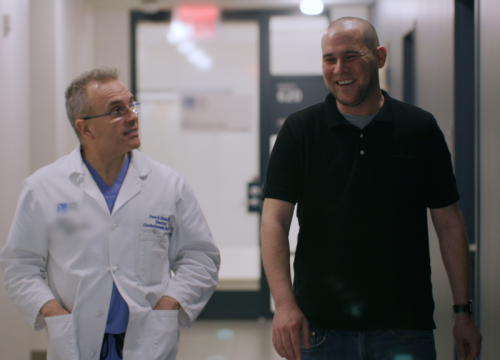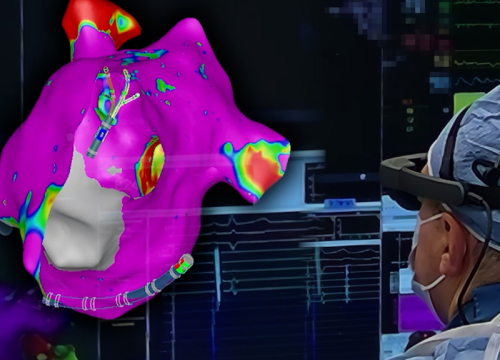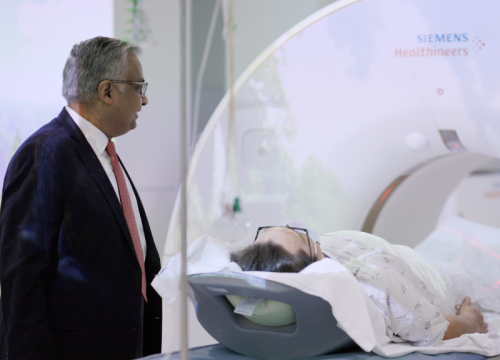We perform tilt table tests at Valley to evaluate the cause of syncope (unexplained fainting). We may want to do a tilt table test if you've had repeated, unexplained episodes of fainting, or even if you've fainted only once, but another episode would put you at high risk of injury due to your work environment, medical history, age or other factors.
With this test, we will try to reproduce the symptoms you are experiencing by changing body position and/or pressing on your carotid arteries.
For a tilt table test, you begin by lying flat on a table, with straps around your body to hold you in place. After a few minutes of lying flat, the table is tilted to raise your body to a head-up position (60-70°). This mimics the change in position you experience when you go from lying down to standing up.
The table will then remain upright for up to 30 minutes, while your heart rate and blood pressure are monitored. This allows us to evaluate your body's cardiovascular response to the change in position. We also use it to distinguish between orthostatic hypotension and chronic orthostatic intolerance in cases of syncope we think may be related to a neural (autonomic function) disorder (vasovagal syncope).
Vasovagal Syncope
A tilt table test may also be recommended if we suspect vasovagal syncope (fainting caused by your body overreacting to certain stimuli, such as the sight of blood, or extreme stress) and we need additional testing to confirm the diagnosis.
Vasovagal syncope happens when the part of your nervous system that controls blood pressure and heart rate suddenly lowers both for a short time, an exaggeration of a normal body reaction. As less blood flows to your brain, you may faint. This kind of syncope is also called neurocardiogenic syncope, reflex syncope and the common faint. It usually portends a benign prognosis with a prevalence of up to 40% over the lifetimes of those in the general population.
















